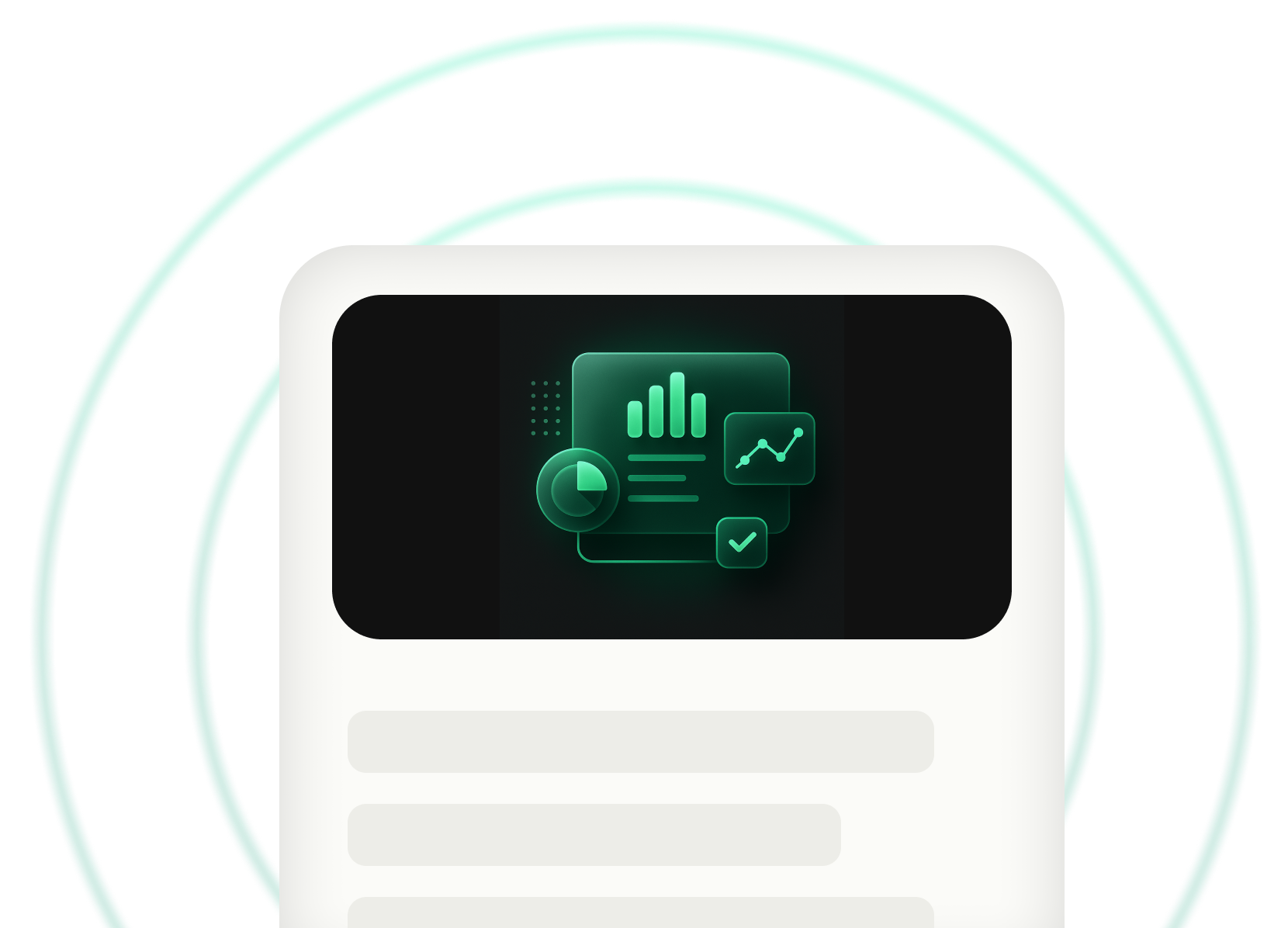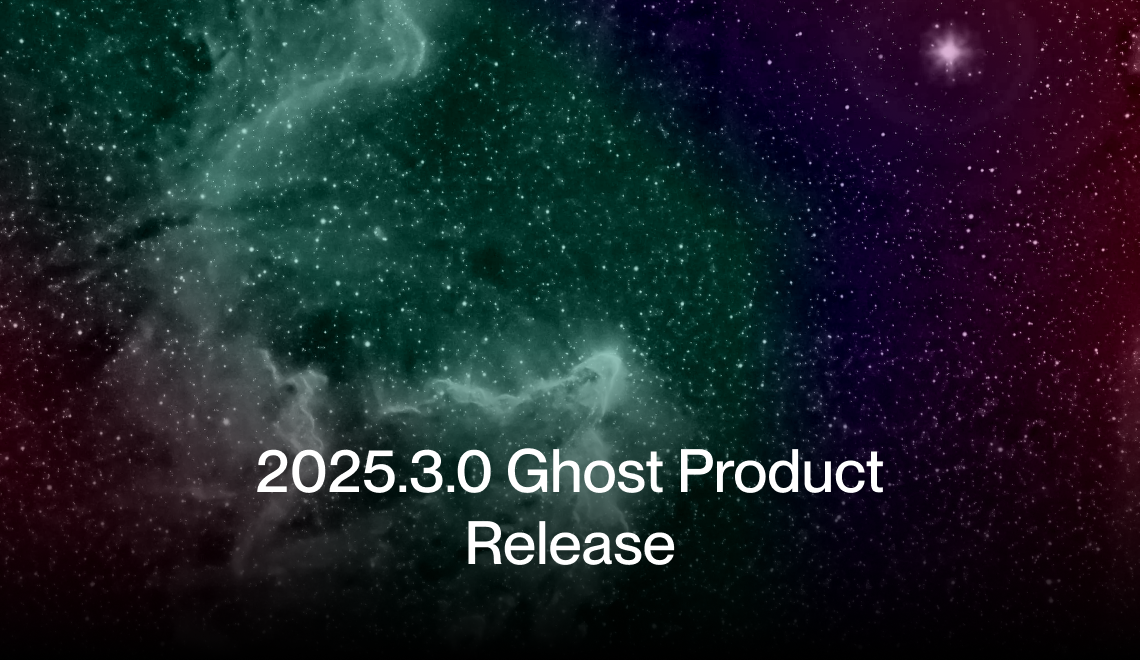Over the Edge, Into the Beyond

For 15-20 years and counting, industries across the IoT world have generated a massive shift from on-premise software to cloud computing. Now, we can access everything we need from anywhere without the limitations of fixed-location servers. However, the cloud computing movement is about to swing back the other way as decentralized computing is slowly starting to creep back.Given the massive opportunities generated by cloud networks, that concept might seem counter intuitive. But in order for us to move to the next generation and take advantage of all the Internet of Things (IoT) has to offer, technology has to become local again.Take a look at agricultural history to draw some parallels. A century or more ago, people consumed foods that were cultivated in their local area. If it didn’t grow or breed within 50-100 miles of where you lived, you probably wouldn’t have the opportunity to eat it.Then, technology such as fog computing and different edge computing platforms came along and opened new doors. Transportation got a lot faster, optimized refrigeration techniques meant food could travel without spoiling, new farming techniques allowed for mass production, and your couch could tell you what the weather was going to be like. With these developments, consumers could access foods from all over the world and use IoT cloud platforms to enhance their way of life.Today, we’re still taking advantage of easy access to global foods, but there’s been a shift back to local sources for a number of reasons. Shipping foods over long distances impact the environment. Consumers want to contribute to their local economy. And for some strange reason, many of us want fewer artificial ingredients in the foods we consume. Crazy right?So what does that mean for cloud computing? Just like global food access, cloud computing isn’t going away completely. But, where the processing regularly happens will move from the cloud to what’s now called “the edge.”
What is edge computing?
If we think back to understanding the cloud, it made sense to compare it to on-premise computing. On-premise computing referred to data that was stored and managed centrally on a corporate mainframe or server. Cloud computing translates to data storage and processing on a series of remote servers - off “in the clouds”, so to speak.So, if cloud computing happens on remote servers, edge computing happens closer to the action it’s recording. Edge computing platforms encompass sensors that collect data (such as RFID tags), an on-site data center, and the network that connects them all to power local computing. Data processing happens at the source, far away from the cloud - or at the “edge”. Edge computing networks can still connect to the cloud when necessary, but they don’t *need* the cloud to function.Even now, consumers are already using a variety of IoT devices that could be considered edges. You might have a Nest Thermostat that makes the temperature in your house just how you like it, a FitBit that measures those long runs through the woods, or even Alexa or Google Home to serve as your personal slave and forever do your bidding. Or you know, just play your favorite playlist. The key factor to remember for these devices is that there’s no critical event to address. You wait for your request/demand to Alexa to be processed by the IoT cloud platform it operates on and get your groove on that much faster.Edge computing wins out over cloud processing when time-sensitive events are happening. How do you think self-driving cars operate? Those cars need to react to external factors in real-time. If a self-driving car is traveling down a road and a pedestrian walks out in front of the car, the car must stop immediately. It doesn’t have the time to send a signal to the cloud and then wait for a response - it must be able to process the signal NOW. So if we ever want to be able to sip mochaccinos and catch up on the news while behind the wheel, you’re going to need a great edge computing platform.
What are the benefits of edge computing?
Clearly, speed is a huge factor in using edge computing, and there are plentiful use cases that solve for speed. Factories can use edge computing to drastically reduce the incidence of on-the-job injuries by detecting human flesh. TSA checkpoints can gather data on chemicals coming through different gates that could be combined to create bombs. Cities can use edge computing to address maintenance of roads and intersections before problems occur.Another big benefit is process optimization. If self-driving cars, factories, and TSA checkpoints were to use the cloud instead of the edge, they’d be pushing all the data they gather up to the cloud. But if the edge computing platform makes local decisions, the cloud may not need all that data immediately - or even at all.With edge computing, data centers can execute rules that are time sensitive (like “stop the car” “cook pop-tart at precisely 7:44 AM”), and then stream data to the cloud in batches when bandwidth needs aren’t as high. The cloud can then take the time to analyze data from the edge, and send back recommended rule changes - like “decelerate slowly when the car senses objects within 50 feet”, “eject toaster upon optimal jam temperature”. Really crucial stuff.In addition to speed and optimization, outage reduction is also a major reason to use edge computing. By pushing everything to the cloud, you’re leaving your business open to ISP failures and cloud server downtime. Many mission critical operations like railroads and chemical plants won’t even use the cloud today. Their own server farms are the only way to guarantee up-time.Edge computing relies on the connection between individual sensors and a data center in a local area, which drastically reduces the opportunity for outages. Our partner NXP experienced this firsthand at CES when a power outage brought down the internet for the entire conference - except NXP’s computing experience, which was running on the edge.“ClearBlade’s edge computing platform kept our CES kiosks functioning while the rest of the exhibitors waited to get back online. That one outage clearly showcased the benefits of edge computing - especially for businesses with mission-critical tasks,” said Denis Cabrol, Executive Director & GM, IoT & Security of NXP.
What’s next for edge computing?
Even with benefits like increased speed, optimization, and outage reduction, adoption of edge computing will need some critical mass. Look at how long cloud adoption took, after all! But over time, businesses will learn how edge computing can speed up operations while reducing the usual risk factors.Want to learn more about how edge computing can support your unique business requirements? Contact us for a customized demo.

.webp)
ClearBlade Monthly Newsletter
News, trends, and true stories of IoT, Edge AI and connected Digital Twins in action.













.svg)











